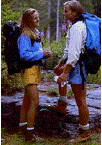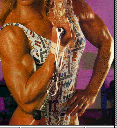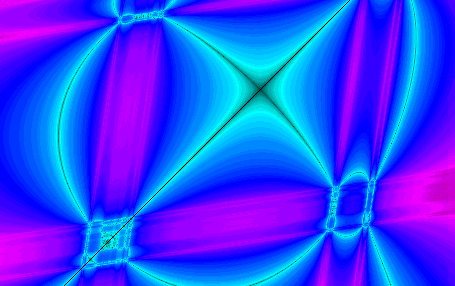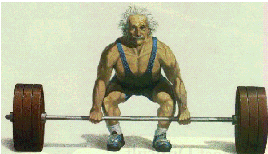OSTEOPOROSIS
General Disclaimer
This Web project was developed as part of "Internet Resources" courses offered by the Biology and Geology departments of the California State University, Los Angeles in 1995 and 1996. It was submitted to the instructors for evaluation and then placed on-line by the Electronic Desktop Project (EDP). EDP does not update or maintain any of the material of this project, and does not vouch for validity or correctness. Furthermore, the student developing this project was instructed about the rules of copyrights. EDP can in no way be responsible for the inclusion of copyrighted material within this project.(The Beginner's Guide to HTML will help explain how to make a home page like this one)
What is Osteoporosis?
Osteoporosis means "porous bone". It is a medical condition that causes bones to lose density and become weaker and more brittle. Porous bones are susceptible to painful fractures. Women are eight times more likely to suffer from osteoporosis than men according to the National Osteoporosis Foundation, a resource for patients and health care professionals seeking up-to-date, medically sound information and program materials on the causes, prevention, and treatment of osteoporosis.
Effect of Diet on Osteoporosis
A great deal of research has been conducted on the of effect dietary calcium on osteoporosis. There is some controversy concerning the recommended daily allowance of calcium. The National Institute of Heath has issused its own recommendations.Even when we know the recommendations for a heathful diet, sometimes it is difficult to follow those guidelines. The University of Ohio has an eating guide to help you improve your diet.
You may also want to look at the news groups for some more information.
Here is some information about a listserver for nutritionists.
An interesting source of information on dietary supplements and their potential benefits can be found in this review from the F.D.A..
Effect of Exercise on Osteoporosis

Backpacking
is a great stimulus to bone growth, if done regularly. Hiking in general is a great weight bearing activity, and the added load of a full pack increases the stimulation to the bone. Physical activity, particularly weight bearing exercise, has long been suggested as one of the determinants of bone gain, and physical inactivity has been implicated in bone loss. Mechanical loading principally acts to stimulate osteoblastic activity. Exercise that generally accompanies mechanical loading may also enhance the release of somatotropin, which also stimulates osteoblast function. Disuse results in a decrease in bone mass. Both processes are reversible in the normal adult human.
Bone mass is significantly correlated with muscle mass. Here is a reference to some recent research. Weight training increases muscle mass, and many studies show a significant increase in bone mass following a program of weight lifting. For information about this form of exercise, check out the:

Weightlifting Home Page
.More information can be found in the misc. fitness FAQ document. . There is also a Misc.fitness newsgroup.
Like everything in life, even exercise can be over done. Some studies have linked over exercising to changes in the hormonal balance of women, which can actually lead to increased bone loss.
Drug treatment for Osteoporosis
More information
Researchers have found a genetic test for osteoporosis.
The National Library of Medicine is a great resource with a Visible Human Project that will give you some cross sectional images that include a view of bones.
The Global Network Navigator is a great way to investigate the Net.
Medicine and Bio sciences will lead you to many resources.
Finally, I have included a bibliography of articles and books about osteoporosis.
The following has been added by the Electronic Desktop Project:
 Contact Us
Contact Us
Please take a few minutes to send us your comments and suggestions. We read every message and try to respond promptly to questions. Your feedback will help us improve our project.If you are an educator who is using our NEXTSTEP or virtual applications in the classroom, we would especially like to hear from you. Let us know what you are doing and how it is working out. Continued support for this project will depend on its impact in science education.
If you are an educator who is interested in making use of our NEXTSTEP or virtual applications, please let us know how we can help.
Other Places To Go
 Return to the Electronic Desktop Project home page
Return to the Electronic Desktop Project home page
![]() Check out the WWW Virtual Application Catalog from the EDP
Check out the WWW Virtual Application Catalog from the EDP
 Check out the NEXTSTEP Application Catalog from the EDP
Check out the NEXTSTEP Application Catalog from the EDP
 Visit the home page for California State University, Los Angeles
Visit the home page for California State University, Los Angeles

